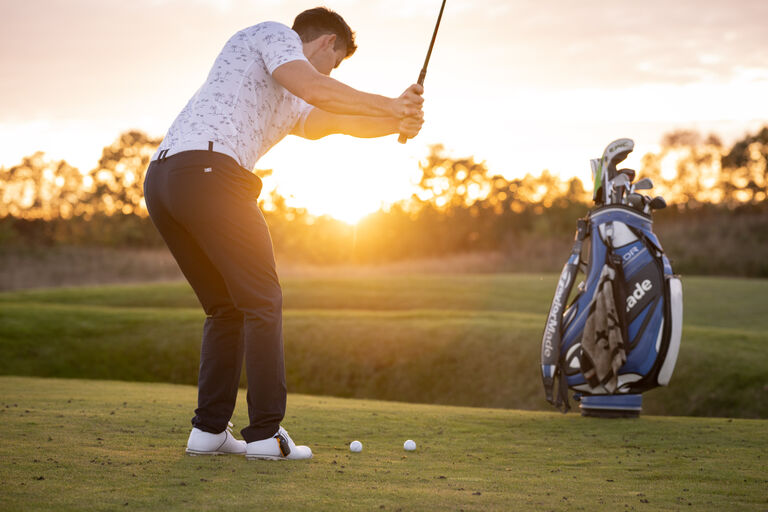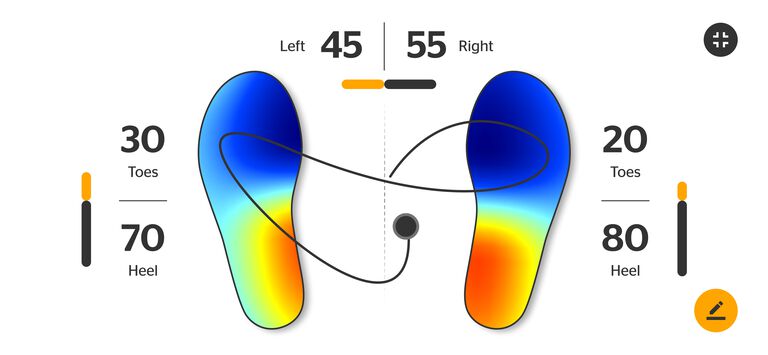Pressure data as feedback for golfers
Why “watching the video” alone might not help you one little bit
Combining video sequences with pressure data of your swings rounds off the feedback you get from your coach and puts you in a good stead to improve your golfing technique.
Being able to see yourself during your sports activity is usually a surefire way to get you better, whatever you are trying to accomplish. Obviously, while you do it, you are engulfed in the doing. Achieving the right timing, honing the technique, aiming for the best contact, putting the utmost of power behind a swing – that’s all consuming your bandwidth. Even if you stand in front of a mirror swinging (a practice we don’t encourage for obvious reasons), it’s hard to properly do it and watch yourself doing it at the same time.
The extra eye of the camera can get you out of this engulfing – and, at times, into understanding for the first time what you actually did. So much so that we devoted an entire article on the benefits of video analysis, in case you want to read it.
There is one snag to video analyzing, though: you need a trained eye to do the analysis part of it. Unless you are a seasoned pro, it is not easy identifying the decisive phase that is wrong in your motion. Some of these movement sequences are really small, hardly visible for a layman eye. And the time slots in which they happen are super short, usually between 0,5–0,7 seconds – you need a lot of replay mode to capture them, if at all.
How to see the invisible
However, even if you have the expert eye of an experienced coach and a high-speed camera that doesn’t miss the blinking of an eyelid, there is still one obstacle to making sense of all your material: you cannot see the forces at work. You can spot indicators (such as the muscle tone on the lead arm for example), but for the most part, the forces themselves are invisible to the human eye.

Forces during the swing can only be spotted indirectly – here for example in the muscle tone of the player’s lead arm triceps.
This is why visual cues such as the BAL.ON heatmap or the trace line of the center of pressure are so helpful. They cut a complex matter down to the essential, monitoring how your pressure behaves during each phase of a swing.
To give a practical example, a forceful shot requires a shifting of your weight towards the lead leg when your backswing is still on the verge of completion. That’s a technical detail that is very taxing to see with the naked eye – but easily highlighted with BAL.ON’s graphic cues. Realizing this small window of timing helps you tremendously in integrating it within your training and achieving better results.

A good way to see the unseen is the BAL.ON heatmap – the pressure data gives you a clue as to when you generate how much power during all phases of the swing.
Combine the feedback
At BAL.ON, we definitely encourage you to stay with your coach, have them video analyze you occasionally, and listen carefully on what they have to say. On those days, when your coach is not around, however, you can refer to BAL.ON’s analysis – or better yet, with the help of your coach, determine those values or trace line patterns that would be ideal for you to achieve and work towards them regularly.
It's effective and in the immediacy of the feedback, it’s fun, too. Finally, it goes a lot longer way than just “watching the video” and stay forever wondering what to do next to improve.

